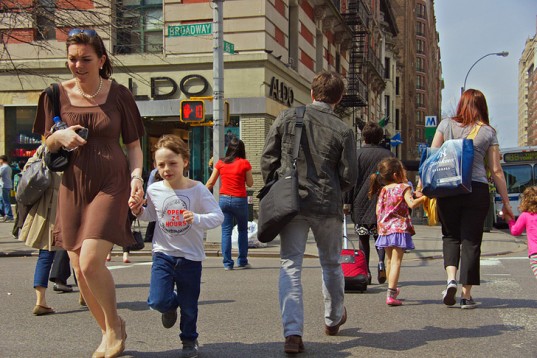
The British non-profit Sustrans has been examining governmental plans to increase walking and cycling and have figured out that if the plans are implemented within ten years, that 13,000 lives will be saved and nearly 9.31 billion pounds or 16 billion Canadian dollars still in coffers.
The CEO of Sustrans stated “The new findings reiterate that walking and cycling have a huge role to play in tackling the air quality crisis that causes tens of thousands of premature deaths every year. If we are to make a major modal shift, we need to provide a network of direct protected cycle routes on roads in addition to quieter routes across the UK.”
That’s an interesting thing to talk about protected bicycle routes, as air pollution in Great Britain causes 40,000 early deaths a year. The toxicity is mainly from diesel vehicles in the form of nitrogen dioxide. Many British towns and cities do not meet the WHO guidelines for mitigating air pollution, the most dangerous, PM2.5 coming from vehicle tires and brakes. “A report last month revealed that every area in London exceeds World Health Organisation limits for PM2.5.”
“Sustrans, in partnership with the environmental consultancy Eunomia, found that if targets to double journeys by bike and increase walking by “300 stages per person” in the England’s Cycling and Walking Investment Strategy were met, this would prevent more than 8,300 premature deaths from air pollution. This would result in £5.67bn in benefits over 10 years through the avoided costs associated with poor air quality, including NHS treatment in hospital for respiratory diseases.”
Modal change from vehicles “to bikes, not diesel for electric” is the best way forward with even bigger savings if the wider impacts to health and well-being of physical activity were encouraged. This is the first time that Sustran’s data has been used with public health data to ascertain the impact of walking and cycling on a person’s exposure to air pollution. “Our analysis suggests investment in cycling and walking has considerable potential to improve local air pollution. We believe this innovative model could be of considerable value in supporting local authorities and government as these bodies consider options to tackle the air pollution emergency at a local level.”


